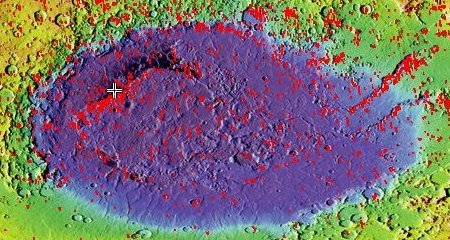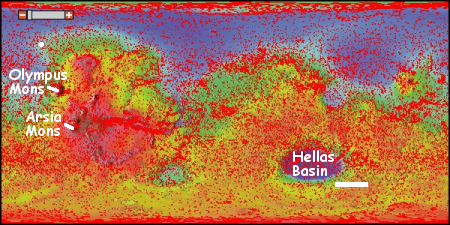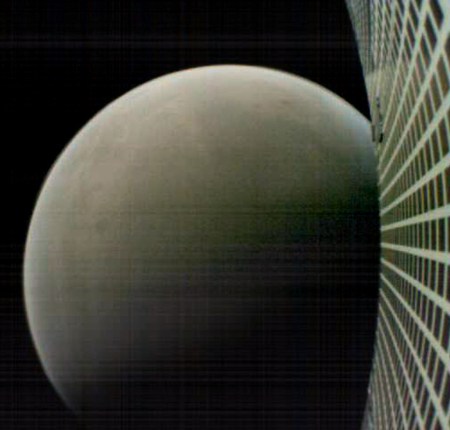SpaceX sees no schedule impact from first stage landing failure
Capitalism in space: SpaceX officials expect the first stage landing failure during yesterday’s launch to have little impact on the schedule of upcoming launches.
They also indicated that the cause of the landing failure had something to do with a malfunction in the stage’s grid fins. More important however was this tidbit about the second stage:
Koenigsmann also revealed at the briefing that the rocket’s upper stage, which successfully placed the Dragon cargo spacecraft in orbit, used redesigned composite-overwrapped pressure vessels (COPVs) used to store helium to pressurize the stage’s propellant tanks. SpaceX redesigned those COPVs after a September 2016 pad explosion in order to meet NASA safety requirements for future commercial crew missions.
NASA requires SpaceX to perform at least seven launches with the redesigned COPVs before the agency will allow its astronauts to fly on the vehicle. Koenigsmann said he believed this was the second launch to use the redesigned COPVs, after the launch of the Es’hail-2 communications satellite Nov. 15.
SpaceX appears very unconcerned about getting those remaining five flights, which illustrates their expectation that 2019 will have a substantial number of launches in the first half of the year, prior to the tentative June launch date for the first manned Dragon mission.
Capitalism in space: SpaceX officials expect the first stage landing failure during yesterday’s launch to have little impact on the schedule of upcoming launches.
They also indicated that the cause of the landing failure had something to do with a malfunction in the stage’s grid fins. More important however was this tidbit about the second stage:
Koenigsmann also revealed at the briefing that the rocket’s upper stage, which successfully placed the Dragon cargo spacecraft in orbit, used redesigned composite-overwrapped pressure vessels (COPVs) used to store helium to pressurize the stage’s propellant tanks. SpaceX redesigned those COPVs after a September 2016 pad explosion in order to meet NASA safety requirements for future commercial crew missions.
NASA requires SpaceX to perform at least seven launches with the redesigned COPVs before the agency will allow its astronauts to fly on the vehicle. Koenigsmann said he believed this was the second launch to use the redesigned COPVs, after the launch of the Es’hail-2 communications satellite Nov. 15.
SpaceX appears very unconcerned about getting those remaining five flights, which illustrates their expectation that 2019 will have a substantial number of launches in the first half of the year, prior to the tentative June launch date for the first manned Dragon mission.











